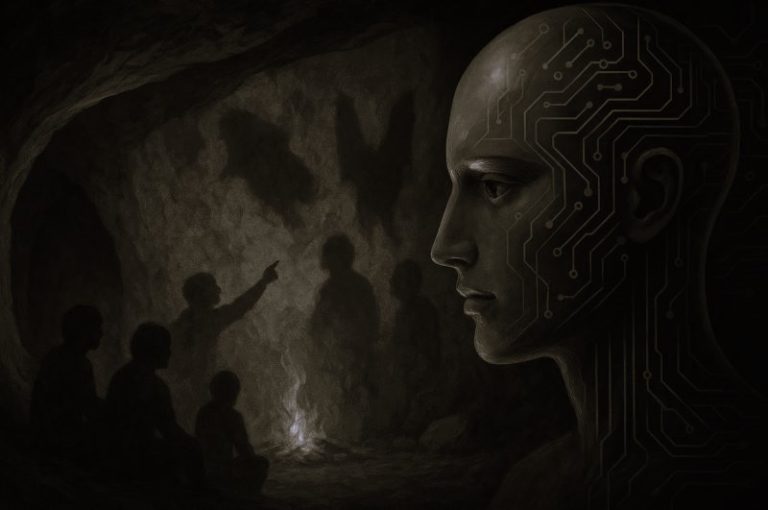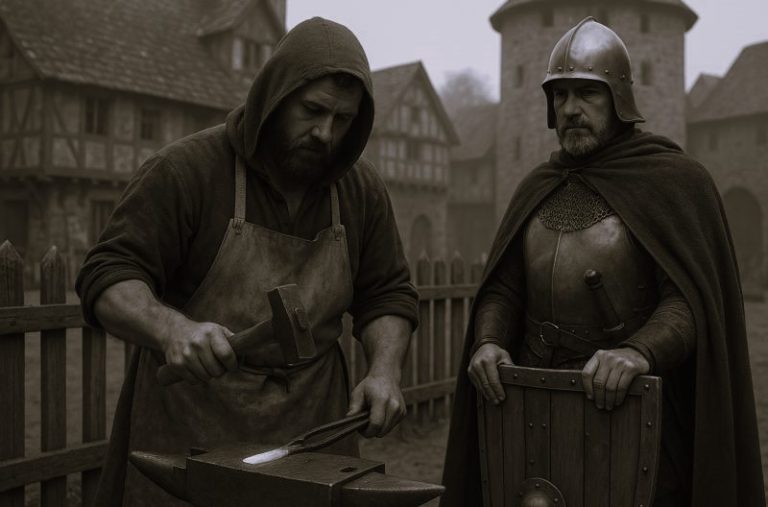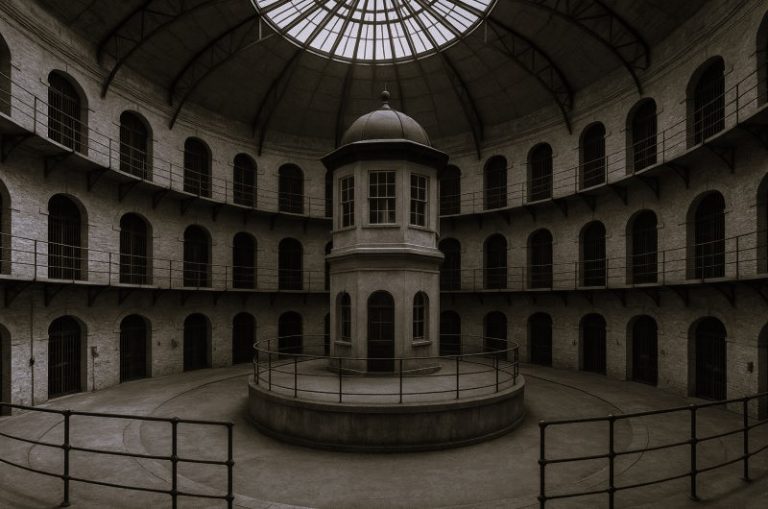

Blatch shared her mother’s conviction in securing full voting rights for women.

By Jennifer Johnson
Curator and Project Manager
U.S. National Archives and Records Administration
“Women can save civilization only by the broadest cooperative action, by taking part in greater numbers in government, by daring to think, by daring to be themselves. The world is calling for women of vision and courage. May the women of the world hear the call and go forward!”
Harriot Stanton Blatch, Challenging Years, 1940
A second-generation suffragist and reformer, Harriot Eaton Stanton Blatch was destined for the woman suffrage movement. She was born in 1856 in Seneca Falls, New York, to Henry Brewster Stanton, an abolitionist, and Elizabeth Cady Stanton, one of the prominent leaders early in the movement who wrote and signed the Declaration of Sentiments in 1848.
Eventually her mother’s work became Harriot’s work, too. After graduating from Vassar College in 1878, she helped her mother and Susan B. Anthony compile entries for the History of Woman Suffrage. Harriot wrote a chapter about the American Woman Suffrage Association (AWSA) for volume II. This was significant at the time, considering her mother and Anthony became leaders of the National Woman Suffrage Association (NWSA) after a deep rift in the woman suffrage movement resulted in the formation of the two rival groups.
In 1882, she married Englishman William Henry Blatch and lost her U.S. citizenship, which deeply affected her. While in England she conducted statistical studies of working women in English villages for her master’s degree in mathematics, which she earned from Vassar in 1894.
Blatch shared her mother’s conviction in securing full voting rights for women, but she also worked tirelessly on several fronts for women’s equality, serving on committees for progressive organizations and joining the socialist Fabian Society. In 1889, she cofounded the Women’s Franchise League, which supported voting rights for married and unmarried women.
Blatch returned to the United States in 1902 after living in England for 20 years. She tried to formally naturalize in 1911 but was denied on account of her marriage to a foreigner.

Blatch came back to a woman suffrage movement that had stalled. Despite more than 50 years of activity, only a handful of states had granted women full voting rights. Having been exposed to the women’s movement while in England, Blatch was a key figure in broadening the movement in the United States to wage-earning women as well.
Blatch felt that wage-earning women were an important group to recruit for woman suffrage. She believed women could not successfully advocate for reforms in the workplace or achieve economic independence if they were not voters, and that they should organize around the very women “who were out in the world facing life just as men do, and earning their own living.”
In 1907 she founded the Equality-League for Self-Supporting Women, later renamed the Women’s Political Union (WPU). The WPU’s 20,000 members were mostly factory, garment, and laundry workers.
We are asking to be voters, and the practical thing to do is to act like voters.
Harriot Stanton Blatch, Geneva Political Equality Club, 1910
She organized delegations to speak at legislative hearings, asked for a meeting with the Governor of New York, coordinated train and auto tours, gave speeches, and passed out literature at polls. She could not volunteer to work the polls due to her citizenship status, but she felt strongly that to gain support for women voters, politicians needed to see women at the polls and to hear from them in political meetings.

As World War I commenced, Blatch took a step back from her suffrage activities to help with the war effort. After the sudden death of her husband in 1915, she returned to England to settle his estate. Upon her return to the United States in 1917, she held two separate positions to support the war—she was the head of the Food Administration’s Speakers’ Bureau and the Director of the Women’s Land Army, which had units in 40 states by the end of 1918.
After New York granted full voting rights to women in 1917, Blatch shifted her focus to the campaign for a Federal amendment to be ratified. She joined the WPU with the Congressional Union (CU), formed by Alice Paul, to help support woman suffrage on a national level.
Their efforts and advocacy paid off. Almost 71 years after her mother signed the Declaration of Sentiments on July 20, 1848, the movement took a giant step forward when Congress passed the joint resolution for woman suffrage on June 4, 1919. A little over a year later, on August 18, 1920, the 19th Amendment had secured enough states’ ratifications to be added to the Constitution.
After the ratification of the 19th Amendment, Blatch joined the National Women’s Party and continued to fight for women’s rights, supporting the Equal Rights Amendment (ERA). She published four books, the last being her autobiography Challenging Years in 1940, which came out after she died.
Originally published by Pieces of History, United States National Archives and Records Administration, 08.18.2020, to the public domain.


